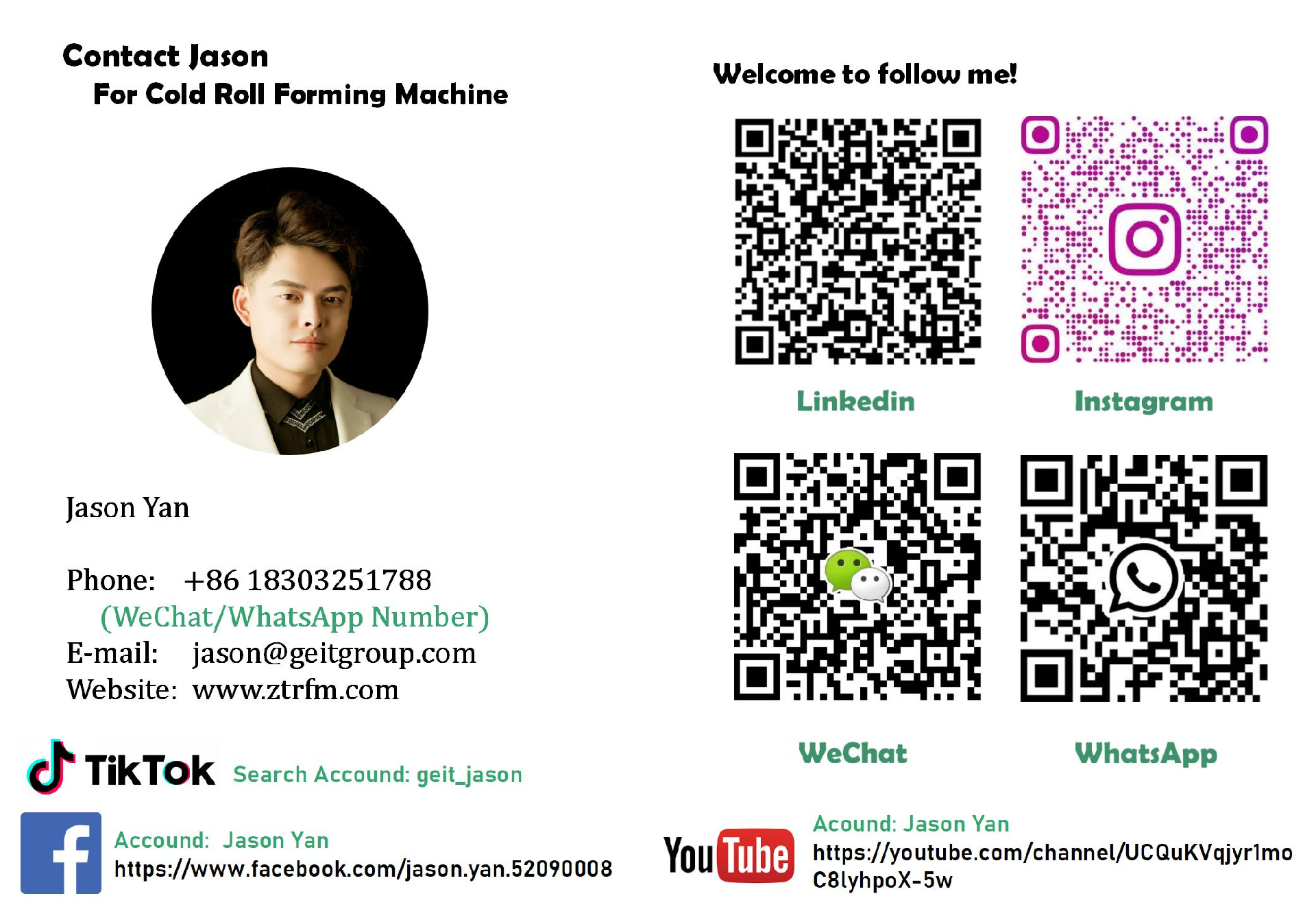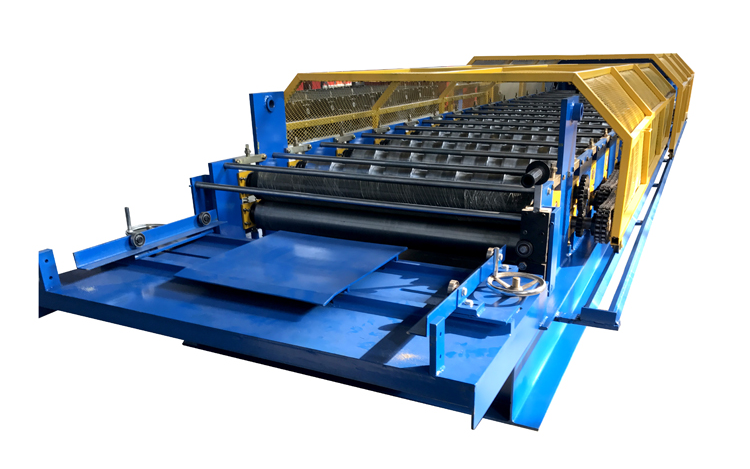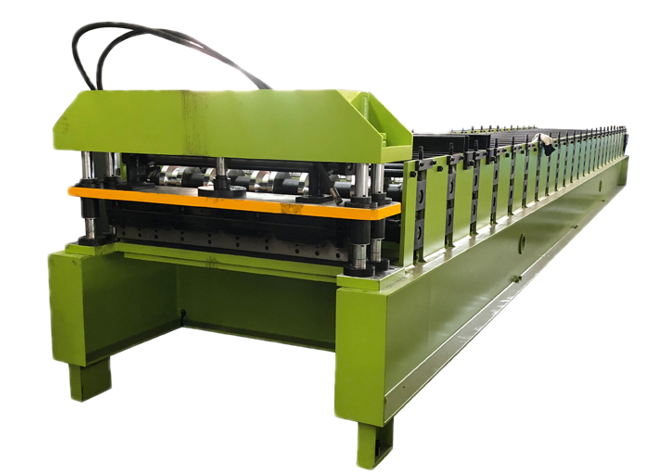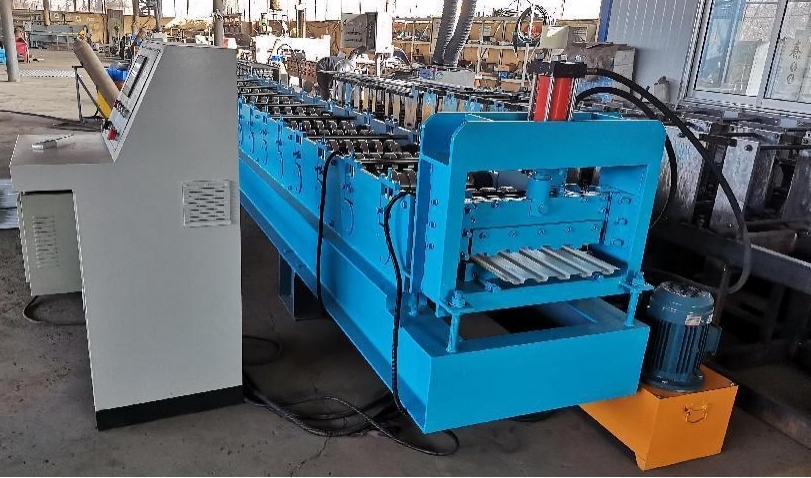Analysis of the advantages and disadvantages of four different materials of cold roll forming machine rolls
The most basic part of the cold roll forming machine is the design of the roll. The roll design of the cold roll forming machine includes two aspects: one is the roll pass and structure design; the other is the material design of the roll, both of which are indispensable.
At present, the materials used in the traditional design of cold-formed steel rolls at home and abroad are all alloy forged steels. The rolls designed and used in domestic cold bending machines are generally cr12mov, cr12, gcr15 and so on. Regarding the advantages and disadvantages of its different material rolls, we have made the following analysis:
(1) Gcr15: It is low in price, easy to buy, easy to forge, and can manufacture some small rolls. However, its thermal crack resistance and spalling resistance are poor, and the surface of the roll pass is prone to cracks and pitting corrosion. ...
(2) Cr12: It belongs to high carbon and high chromium cold work die steel. Its carbon content and chromium content are much higher than gcr15, so the wear resistance is higher than gcr15. However, the network carbide and carbide segregation increase greatly, and the mechanical properties are anisotropic, which is unstable in production and use, and is prone to cracking and meat loss. ...
(3) Cr12mov: It belongs to high carbon and high chromium cold work die steel. Aiming at the shortcomings of cr12, the carbon content is reduced, but the price is more expensive, the production is more difficult, and the application is not universal. ...
(4) 9Cr2, 9Cr2mo: belong to alloy tool steels for cold roll rolls, which are good for grain refinement and improve hardenability. Adding V can further increase the wear resistance of steel, so it has been obtained in cold rolls in recent years It has a wider range of applications.


 English
English اللغة العربية
اللغة العربية





